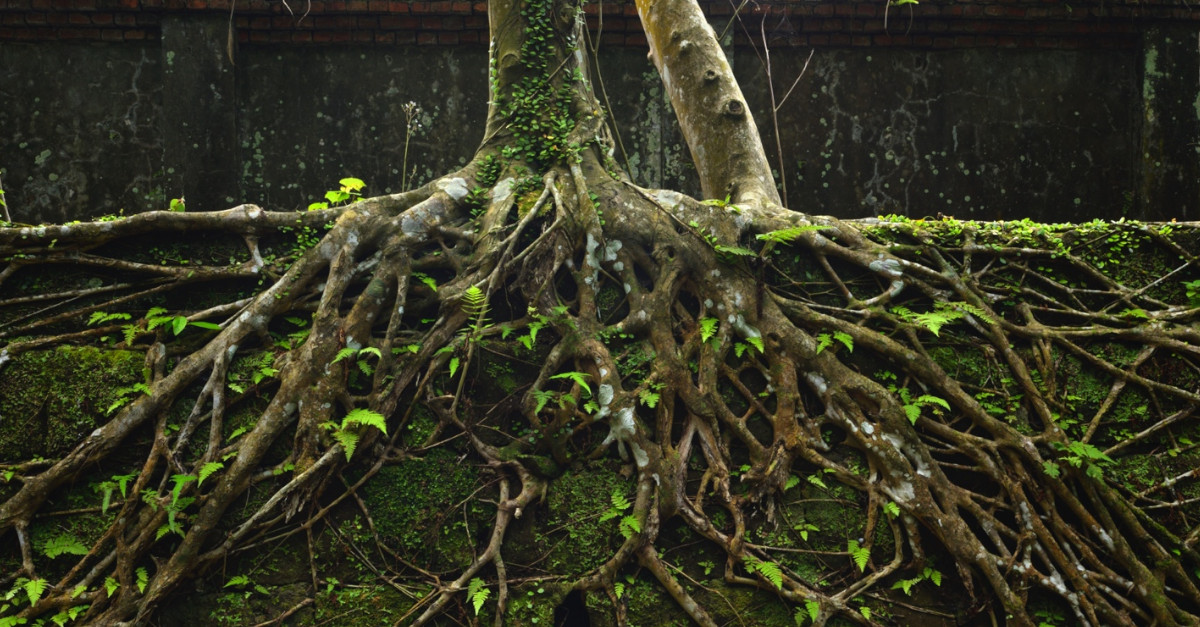How to Identify and Remove Deadwood from Trees
As trees age, their branches may naturally decay. Though seeing dead branches can be disheartening, it doesn’t necessarily mean your tree is beyond saving. The practice of removing dead spots from an otherwise healthy tree—also known as “deadwooding”— can help preserve its vitality while also eliminating the hazards of falling branches.
Here, we share everything you need to know about identifying and removing deadwood from your trees.
What Is Tree Deadwood?
The term “deadwood” may conjure images of a creepy fictional forest, and in fact, you can often find deadwood in densely wooded areas, though it can occur anywhere. But the real meaning of deadwood is exactly what it sounds like: the woody parts of a tree (usually branches) that have decayed. It’s more commonly found in forests, because more trees are competing for nutrients like sunlight. The branches that no longer receive enough nutrients to survive naturally die off, although the rest of the tree may remain in good health. Other causes of deadwood include natural aging, environmental stress such as drought, and disease.
What Does a Deadwood Tree Look Like?
You can tell an area of a tree has become deadwood if its branches lack buds or leaves while others have full foliage. Other signs include missing bark, a brittle appearance, or a branch that is severely bent or broken.
Some people use a “scratch test” to tell if deadwood is present, which involves using pruners or another sharp object to peel away the first outside layers of bark to check whether the wood beneath is living. We encourage you to get a professional’s opinion if you’re unsure, however, because this kind of DIY test can create permanent injuries if your tree’s tissue is indeed still healthy.
In some cases, it’s possible for your entire tree to be dead and yet still remain standing (aptly named a “deadwood tree”). In such cases, signs of decay will be present throughout the entire tree, including bare branches, peeling bark, and fungi.
Why Should You Deadwood Your Trees?
Deadwooding has several benefits, including:
- Increasing the tree’s lifespan: When deadwood is removed, the remaining, healthy parts of the tree can receive nutrients more effectively. Deadwooding can also help prevent the spread of pests and decay.
- Enhancing the tree’s aesthetics: Decaying branches can be an eyesore that detracts from your tree’s overall appearance. Removing them can eliminate unsightliness while also allowing for a more uniform, visually appealing shape.
- Keeping your property safe: Large, dead branches pose serious risks to your property. Removing them is therefore important not only for your tree’s health, but for the safety of your home and its occupants.
How to Deadwood Trees
Removing deadwood in smaller trees could be a DIY job. But in most cases, deadwood develops in mature trees in areas that are difficult to reach. Further, deadwooding calls for the utmost accuracy: you need to cut just enough to remove the decay without injuring any underlying healthy tissue.
Schedule a Tree Trimming Near You with Premier Tree Solutions
It’s safest for both you and your tree to call in the help of experienced professionals for deadwooding. This precision tree trimming service requires expertise as well as the right equipment to get the job done properly and safely. Our tree care specialists know exactly where to trim and how. For a free estimate, use our contact form online or call 404.252.6448.










